
How to Use LM2596: Examples, Pinouts, and Specs
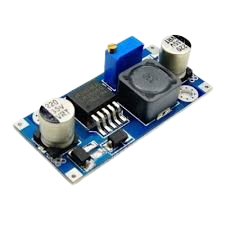
 Design with LM2596 in Cirkit Designer
Design with LM2596 in Cirkit DesignerIntroduction
The LM2596 is a versatile step-down (buck) voltage regulator designed to efficiently convert a higher input voltage to a lower, stable output voltage. Capable of driving a 3A load with excellent line and load regulation, the LM2596 is widely used in various applications, including power supply units, battery chargers, and embedded systems.
Explore Projects Built with LM2596
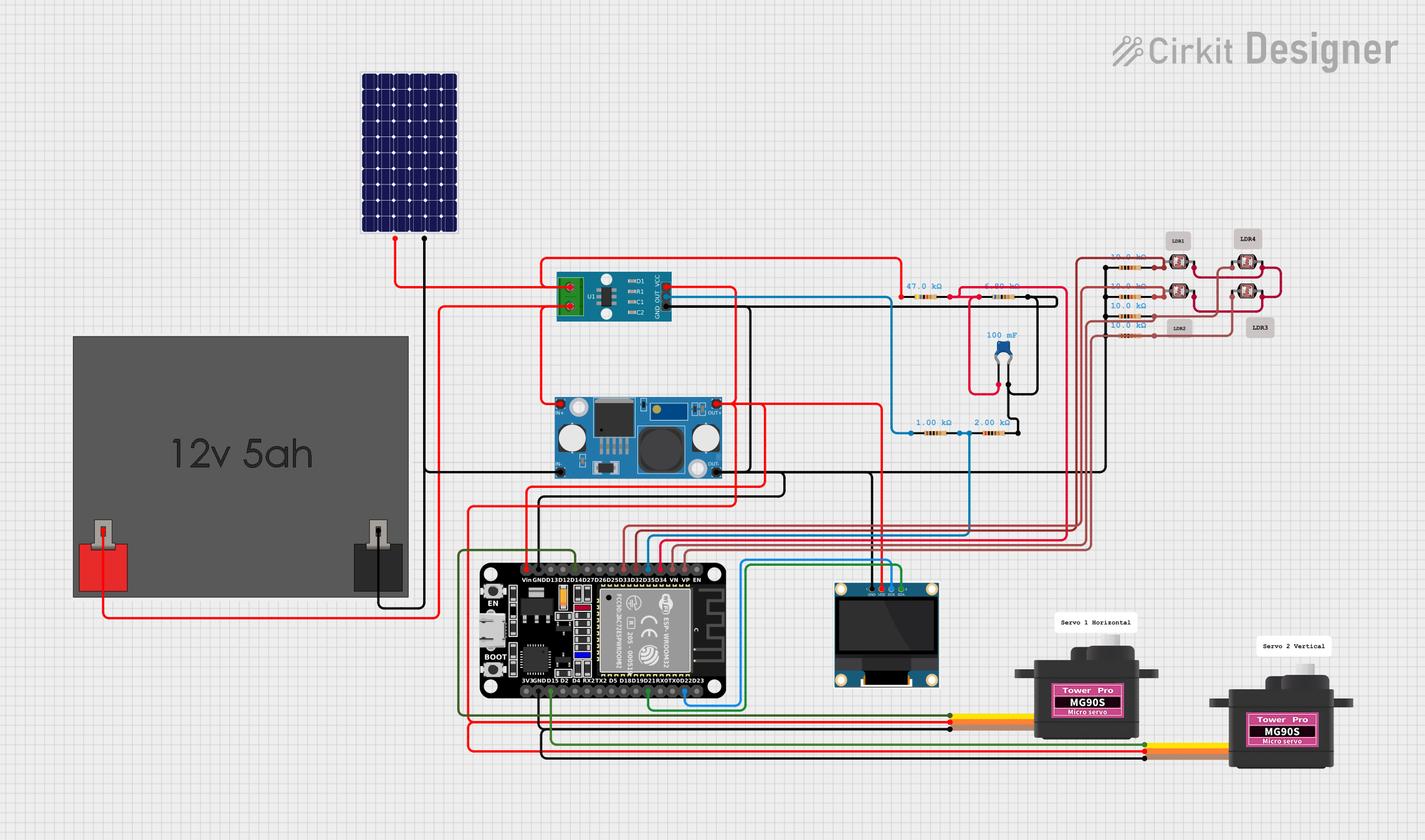
 Open Project in Cirkit Designer
Open Project in Cirkit Designer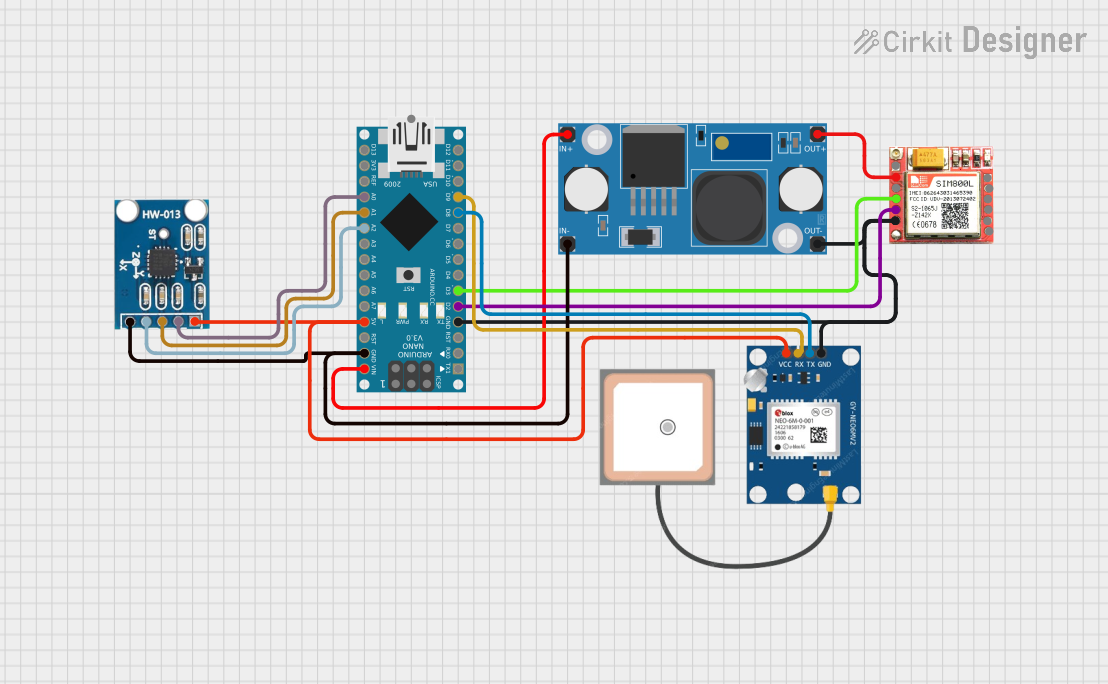
 Open Project in Cirkit Designer
Open Project in Cirkit Designer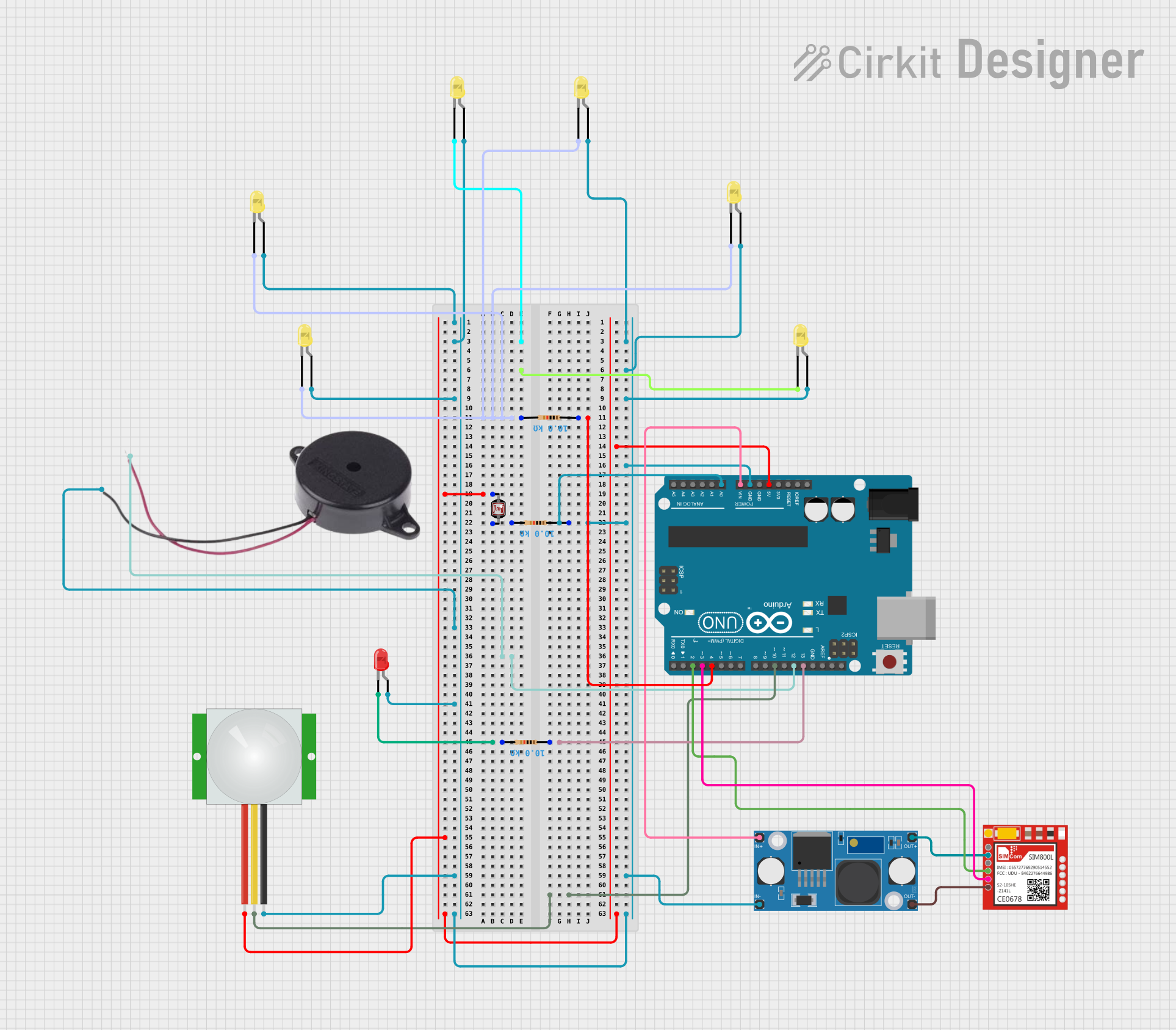
 Open Project in Cirkit Designer
Open Project in Cirkit Designer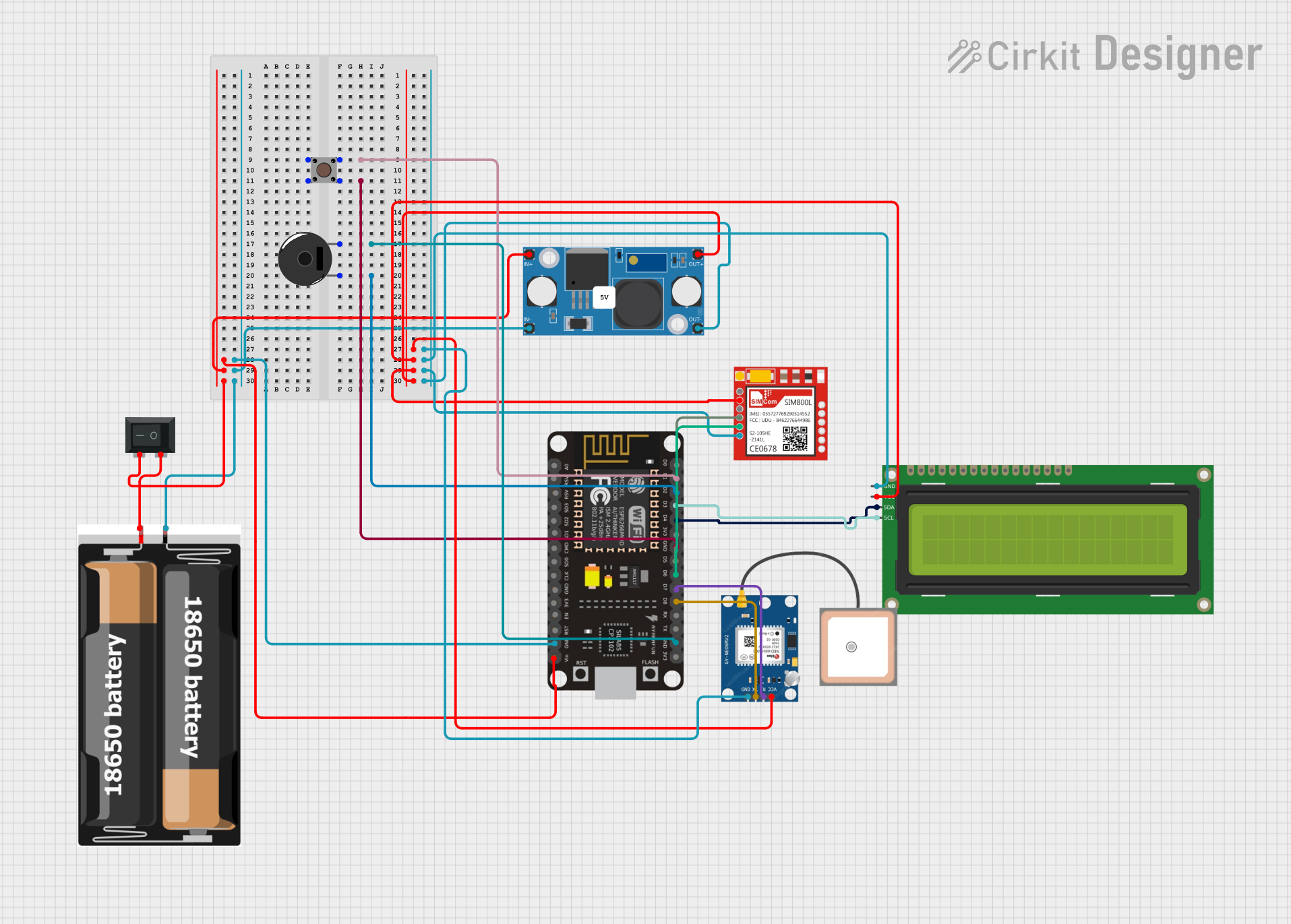
 Open Project in Cirkit Designer
Open Project in Cirkit DesignerExplore Projects Built with LM2596

 Open Project in Cirkit Designer
Open Project in Cirkit Designer
 Open Project in Cirkit Designer
Open Project in Cirkit Designer
 Open Project in Cirkit Designer
Open Project in Cirkit Designer
 Open Project in Cirkit Designer
Open Project in Cirkit DesignerCommon Applications and Use Cases
- Power supply units for electronic devices
- Battery chargers
- Voltage regulation in embedded systems
- DC-DC converters in automotive and industrial applications
Technical Specifications
Key Technical Details
| Parameter | Value |
|---|---|
| Input Voltage Range | 4.5V to 40V |
| Output Voltage Range | 1.23V to 37V (adjustable) |
| Output Current | Up to 3A |
| Efficiency | Up to 90% |
| Switching Frequency | 150 kHz |
| Output Voltage Accuracy | ±4% |
| Operating Temperature | -40°C to +125°C |
| Package | TO-220, TO-263, and other surface-mount |
Pin Configuration and Descriptions
TO-220 Package
| Pin Number | Pin Name | Description |
|---|---|---|
| 1 | VIN | Input voltage (4.5V to 40V) |
| 2 | VOUT | Output voltage (1.23V to 37V) |
| 3 | GND | Ground |
| 4 | FB | Feedback pin for output voltage adjustment |
| 5 | ON/OFF | Enable/disable control (optional) |
Usage Instructions
How to Use the LM2596 in a Circuit
- Input and Output Capacitors: Connect a suitable input capacitor (e.g., 100µF) between VIN and GND to filter input voltage. Similarly, connect an output capacitor (e.g., 220µF) between VOUT and GND to stabilize the output voltage.
- Inductor Selection: Choose an appropriate inductor value (e.g., 33µH) based on the desired output voltage and current.
- Feedback Resistors: Use a voltage divider network (two resistors) connected to the FB pin to set the desired output voltage.
- Enable Pin: If using the ON/OFF pin, connect it to a logic level signal to enable or disable the regulator.
Important Considerations and Best Practices
- Ensure proper heat dissipation by using a heatsink if necessary, especially when operating at high currents.
- Keep the input and output capacitors close to the regulator to minimize noise and improve stability.
- Use low ESR capacitors for better performance.
- Follow the recommended PCB layout guidelines to minimize electromagnetic interference (EMI).
Example Circuit Diagram
+---------+ +---------+
VIN ---| 1 5 |--- EN | |
| | | |
GND ---| 3 4 |--- FB | LM2596 |
| | | |
VOUT --| 2 | | |
+---------+ +---------+
Troubleshooting and FAQs
Common Issues and Solutions
Output Voltage Not Stable
- Solution: Check the input and output capacitors for proper values and placement. Ensure the feedback resistors are correctly calculated and connected.
Regulator Overheating
- Solution: Ensure adequate heat dissipation using a heatsink. Verify that the input voltage is within the specified range and that the load current does not exceed 3A.
No Output Voltage
- Solution: Check the connections, especially the VIN and GND pins. Ensure the ON/OFF pin is properly connected to enable the regulator.
FAQs
Q1: Can the LM2596 be used with an Arduino UNO?
- A1: Yes, the LM2596 can be used to provide a stable voltage supply to an Arduino UNO. Ensure the output voltage is set to 5V or 3.3V as required by the Arduino.
Q2: How do I calculate the feedback resistors for a specific output voltage?
- A2: Use the formula ( V_{OUT} = V_{REF} \times (1 + \frac{R1}{R2}) ), where ( V_{REF} ) is 1.23V. Choose R1 and R2 to set the desired output voltage.
Q3: What is the maximum input voltage for the LM2596?
- A3: The maximum input voltage for the LM2596 is 40V.
Example Arduino Code
// Example code to use LM2596 with Arduino UNO
// This code reads the output voltage from the LM2596 and displays it on the serial monitor
const int analogPin = A0; // Analog pin to read the voltage
float voltage = 0.0;
void setup() {
Serial.begin(9600); // Initialize serial communication
}
void loop() {
int sensorValue = analogRead(analogPin); // Read the analog input
voltage = sensorValue * (5.0 / 1023.0); // Convert the analog value to voltage
Serial.print("Output Voltage: ");
Serial.print(voltage);
Serial.println(" V");
delay(1000); // Wait for 1 second before the next reading
}
This documentation provides a comprehensive guide to understanding and using the LM2596 step-down voltage regulator. Whether you are a beginner or an experienced user, following these guidelines will help you effectively integrate the LM2596 into your projects.